It’s two years ago already that we figured out that Annotator does not display the orientation of autogen as FS does. There is a distortion in the angle of the objects. So since this was figured out scenProc applies a correction to the orientation to make sure everything aligns correctly with the world.
But what if you use the ImportAGN step to load autogen into scenProc? If you load the autogen as autogen objects scenProc just keeps them in memory (so that you can add new autogen objects) and saves them again if you use ExportAGN. So in that case the distortion correction is no problem, it will just be preserved.
But if you use the option in ImportAGN to create features from the autogen then you will have an issue. When creating features scenProc will convert the autogen from the autogen coordinates to geodetic coordinates again. Until now the correction for the autogen distortion was not included in those calculations, which would give an error. So I have now updated scenProc to correctly “uncorrect” the distortion correction.
If you are creating features from autogen not made with scenProc (so autogen that doesn’t have the correction), you can add the NOINVERSEDISTORTION option to the ImportAGN step to not apply the “uncorrection”.
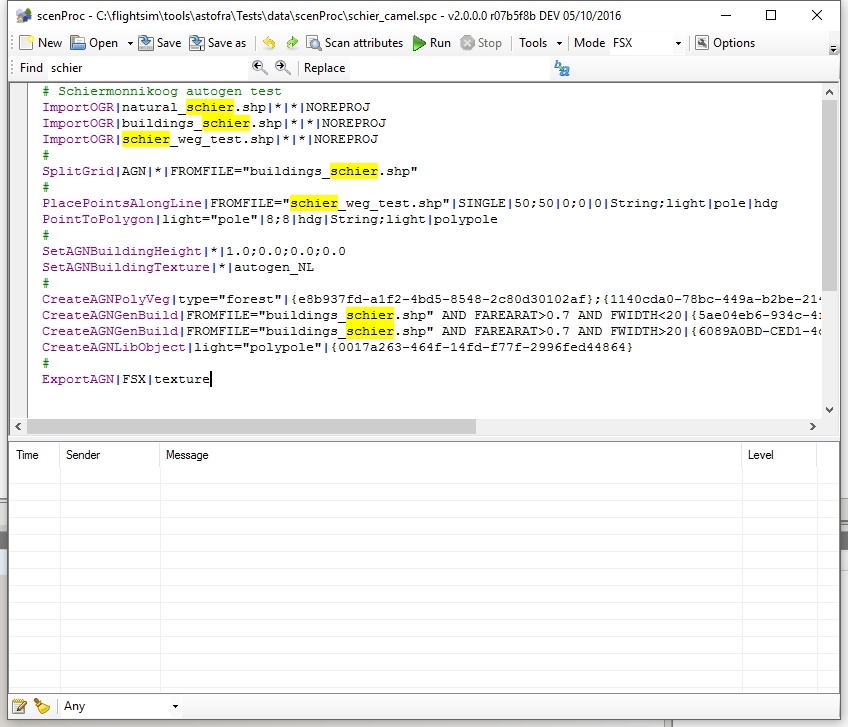
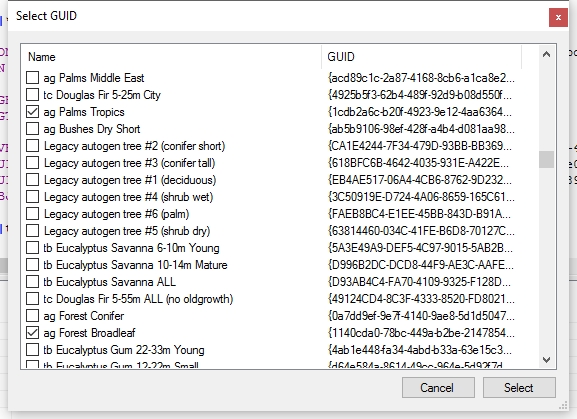
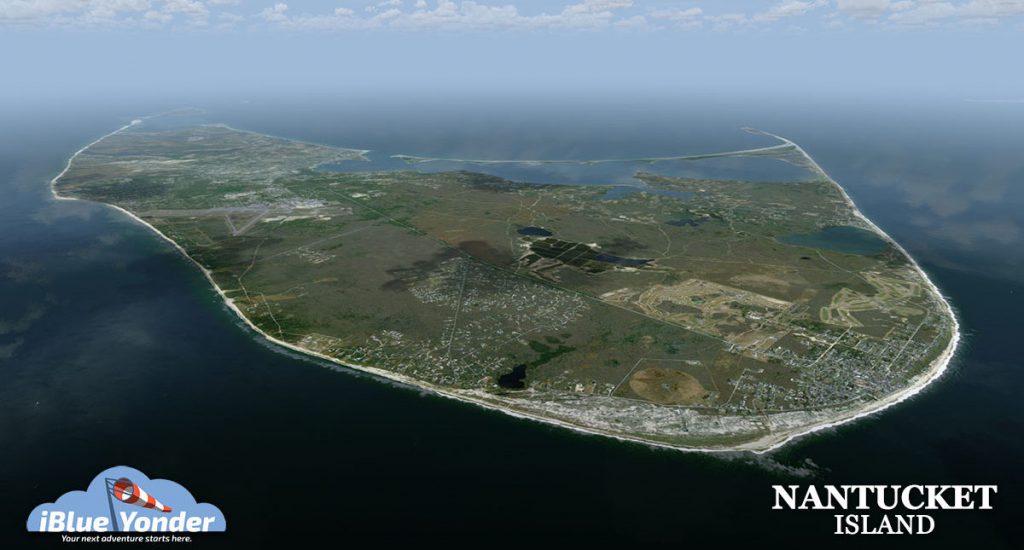
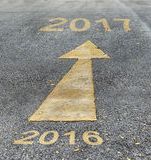 The end of 2016 is fast approaching, so it’s the time of the year to look back a bit on the last year and look ahead a bit to 2017 as well. For scenProc the last year has been very exiting, with a lot of ideas I had in my head coming to life. But I should also say directly that as users you haven’t seen much from this yet, because most of the new features are currently in a kind of alpha phase and are being tested in a project I’m involved with. In 2017 I hope that these new features will also start to move to the development release. Although I do not have a clear release plan for that in mind yet. But let me use this blog post to shed a bit of light on the possible future of scenProc, by describing some of the things I’m working on.
The end of 2016 is fast approaching, so it’s the time of the year to look back a bit on the last year and look ahead a bit to 2017 as well. For scenProc the last year has been very exiting, with a lot of ideas I had in my head coming to life. But I should also say directly that as users you haven’t seen much from this yet, because most of the new features are currently in a kind of alpha phase and are being tested in a project I’m involved with. In 2017 I hope that these new features will also start to move to the development release. Although I do not have a clear release plan for that in mind yet. But let me use this blog post to shed a bit of light on the possible future of scenProc, by describing some of the things I’m working on.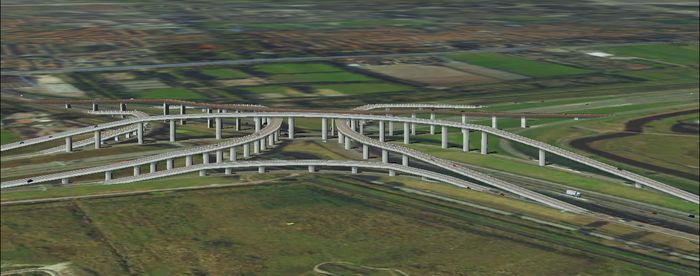
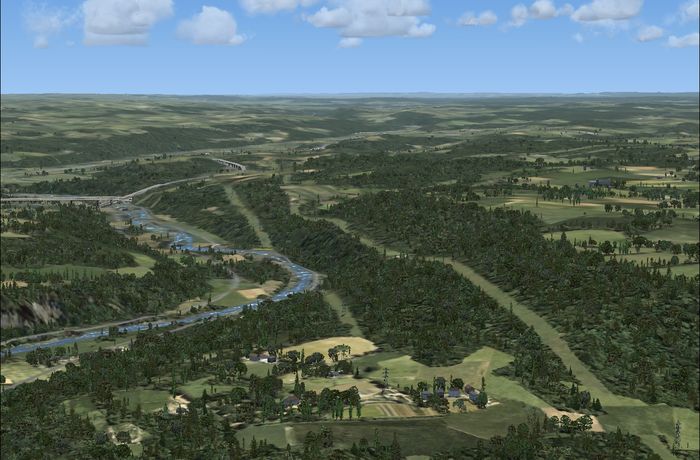
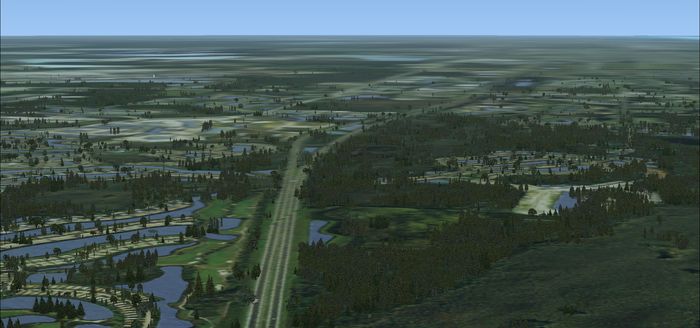
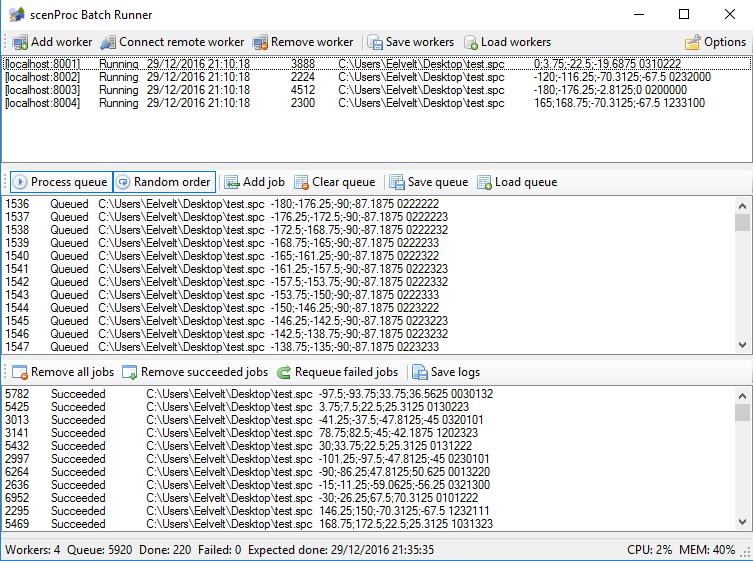




 Until today you could view the recent changes in my tools here on the website, there used to be a link for that in the menu on the left (or on the bottom if you are viewing on a mobile device). But lately that change log was not being updated correctly anymore, so that recent developments were often not visible. So I have decided to remove it now.
Until today you could view the recent changes in my tools here on the website, there used to be a link for that in the menu on the left (or on the bottom if you are viewing on a mobile device). But lately that change log was not being updated correctly anymore, so that recent developments were often not visible. So I have decided to remove it now. ModelConverterX can read and write the mouse rectangles of virtual cockpit MDL files for quite a while already. But this week I fixed some annoying bug in that code. These bugs must have been there for quite a long time already. Now and then some issues with mouse rectangles were reported on the forum, but it was always hard to reproduce them since they typically show up in complex virtual cockpit models that are hard to debug. But with some good tips for forum users I was able to reproduce the problem in a simple object this week and that made solving the bugs a lot easier. So if you grab the latest development release now, you will not have problems with mouse rectangles suddenly getting other tooltips or that kind of bugs. This should make it more safe to edit virtual cockpit files with ModelConverterX.
ModelConverterX can read and write the mouse rectangles of virtual cockpit MDL files for quite a while already. But this week I fixed some annoying bug in that code. These bugs must have been there for quite a long time already. Now and then some issues with mouse rectangles were reported on the forum, but it was always hard to reproduce them since they typically show up in complex virtual cockpit models that are hard to debug. But with some good tips for forum users I was able to reproduce the problem in a simple object this week and that made solving the bugs a lot easier. So if you grab the latest development release now, you will not have problems with mouse rectangles suddenly getting other tooltips or that kind of bugs. This should make it more safe to edit virtual cockpit files with ModelConverterX.